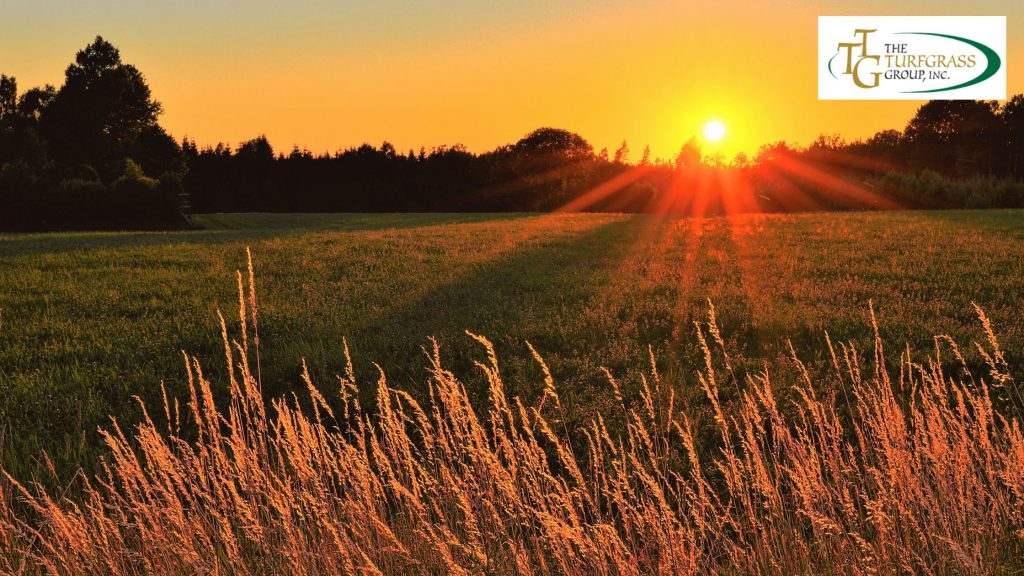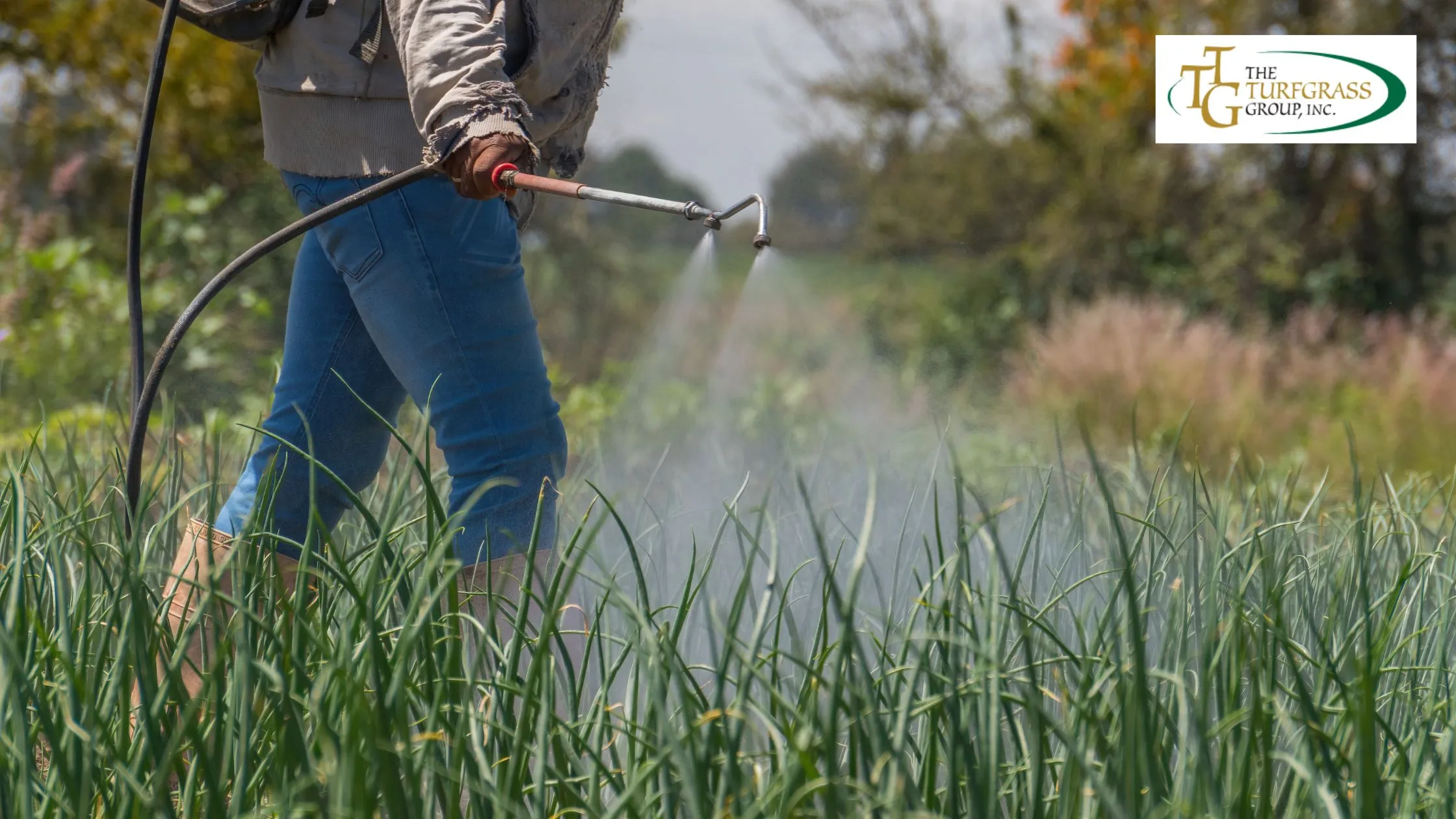
Growing a lush, green lawn is the dream of many homeowners, but achieving that vision can be challenging, especially in shaded areas.
Many grasses thrive in full sunlight, but what do you do when your yard is dominated by shade from trees, buildings, or other structures?
Thankfully, several grass types are well-suited for low-light conditions.
In this article, we will explore the best grass varieties for shady areas, discuss how to cultivate them successfully and offer tips for maintaining a healthy lawn in less-than-ideal light conditions.
Understanding Shade Tolerance in Grass
Shade tolerance in grass refers to the ability of grass to grow and thrive in reduced sunlight.
While no grass can survive in complete darkness, certain types are better adapted to grow in areas that receive only a few hours of direct sunlight each day.
Shade-tolerant grasses have evolved to be more efficient at photosynthesis, the process by which plants convert sunlight into energy.
These grasses typically have broader blades, which allow them to capture more light, and slower growth rates, which reduce their energy needs.
Best Grass Types for Shade
Here are some of the top grass varieties that are known for their shade tolerance:
Fine Fescue
- Varieties: Creeping red fescue, hard fescue, chewings fescue, sheep fescue.
- Light Requirements: It grows well in light to medium shade and requires 3-4 hours of sunlight per day.
- Characteristics: Fine fescues have fine-textured blades and a dense growth habit. They are drought-tolerant and perform well in cool climates.
St. Augustine Grass
- Varieties: ‘Palmetto,’ ‘Seville,’ ‘Floratam.’
- Light Requirements: Thrives in medium to heavy shade, with as little as 2-3 hours of sunlight daily.
- Characteristics: St. Augustine grass has broad, coarse blades and a thick, lush appearance. It’s well-suited for warm climates and is known for its shade tolerance in southern regions.
Zoysia Grass
- Varieties: ‘Emerald,’ ‘El Toro,’ ‘Meyer.’
- Light Requirements: Can tolerate light to medium shade, needing about 3-4 hours of sunlight daily.
- Characteristics: Zoysia grass is a warm-season grass with a fine to medium texture. It is drought-tolerant, wear-resistant, and has a slow growth rate, which helps it perform well in shaded areas.
Kentucky Bluegrass (Shade-Tolerant Varieties)
- Varieties: ‘Glade,’ ‘Mystic,’ ‘Midnight.’
- Light Requirements: It performs best in areas with filtered or partial shade and requires about 4-6 hours of sunlight.
- Characteristics: Kentucky bluegrass has a fine texture and rich green color. Shade-tolerant varieties have been developed to withstand reduced light conditions better, making them suitable for cooler climates.
Ryegrass
- Varieties: Perennial ryegrass, annual ryegrass.
- Light Requirements: Tolerates light to moderate shade, needing about 3-4 hours of sunlight daily.
- Characteristics: Ryegrass is a cool-season grass with a fine to medium texture. It establishes quickly, making it an excellent choice for overseeding shaded lawns.
How to Grow Grass in Shade
Growing grass in shaded areas requires some additional care and attention. Below are some tips to help you cultivate a healthy, vibrant lawn, even in low-light conditions.
Assess the Amount of Shade
Before selecting a grass variety, assess the level of shade in your yard. Shade can be classified into three categories:
- Light Shade: Areas that receive dappled sunlight through tree canopies or where the sun shines for a few hours daily.
- Moderate Shade: Areas that receive indirect sunlight or are shaded for most of the day but still get some light.
- Heavy Shade: Areas that receive very little to no direct sunlight.
Understanding the type of shade in your yard will help you choose the most appropriate grass variety.
Soil Preparation
Good soil preparation is crucial for growing grass in shaded areas. Shaded soils are often compacted and nutrient-deficient, so it’s essential to improve the soil structure before planting.
- Aerate the Soil: Use a lawn aerator to relieve soil compaction, allowing air, water, and nutrients to penetrate the root zone more effectively.
- Amend the Soil: Incorporate organic matter, such as compost or well-rotted manure, into the soil to improve fertility and drainage.
- Adjust Soil pH: Test the soil pH and adjust it if necessary. Most grasses prefer a slightly acidic to neutral pH (6.0-7.0).
Seed Selection and Planting
Choose a grass seed mix that is specifically labeled for shade tolerance. These mixes often contain a blend of fine fescue, ryegrass, and Kentucky bluegrass, providing a diverse and resilient lawn.
- Seed at the Right Time: The best time to plant shade-tolerant grasses is in early fall or spring when temperatures are more relaxed and there’s adequate moisture.
- Spread the Seed Evenly: Use a broadcast spreader to ensure even distribution of the Seed. After seeding, lightly rake the area to ensure good seed-to-soil contact.
Watering and Fertilizing
Proper watering and fertilizing practices are essential for establishing and maintaining a shaded lawn.

- Watering: Shaded areas tend to retain moisture longer than sunny areas, so be careful not to overwater. Water deeply but infrequently, aiming for about 1 inch of water per week.
- Fertilizing: Shaded grasses typically need less fertilizer than those in full sun. Use a slow-release fertilizer with a balanced NPK ratio, applying it in early fall and late spring.
Mowing Practices
Mowing plays a critical role in the health of your lawn, especially in shaded areas.
- Mow Higher: Set your mower to a higher setting (about 3-4 inches) to allow the grass blades to grow longer. Longer blades can capture more sunlight and promote more profound root growth.
- Mow Regularly: Mow regularly to keep the grass at a consistent height, but avoid cutting more than one-third of the grass blade length at a time.
Control Thatch and Weeds
Thatch, a layer of dead grass and roots, can build up more quickly in shaded areas, leading to poor air and water circulation.
- Dethatch When Necessary: In the spring or early fall, use a dethatching rake or machine to remove excess thatch.
- Weed Control: Shaded lawns can be more susceptible to weeds. Apply a pre-emergent herbicide in the spring to prevent weeds from germinating, and spot-treat any existing weeds with a post-emergent herbicide.
Prune Trees and Shrubs
Sometimes, improving the amount of light reaching your lawn is as simple as pruning back overhanging tree branches or thinning out dense shrubbery. This can increase the amount of filtered sunlight that reaches the grass, improving growth conditions.
Consider Alternatives
If your shaded areas are too challenging for grass to thrive, consider alternative ground covers such as moss, shade-tolerant perennials, or mulch. These options can create an attractive landscape while minimizing the struggle to grow grass in extreme shade.
Maintenance Tips for Shaded Lawns
Maintaining a shaded lawn requires ongoing care and attention to ensure that it remains healthy and vibrant. Here are some additional maintenance tips:
- Overseed Annually: Shaded lawns tend to thin out over time. Overseeding in the fall can help replenish the lawn and maintain density.
- Monitor Moisture Levels: Shaded areas can retain moisture longer, increasing the risk of fungal diseases. Monitor moisture levels and reduce watering during wet periods.
- Fertilize Lightly: Shaded lawns have lower nutrient requirements. Apply fertilizer sparingly to avoid encouraging excessive growth that can lead to thinning.
Conclusion
Growing a healthy lawn in shaded areas presents unique challenges. Still, with a suitable grass variety, proper soil preparation, and consistent care, you can achieve a lush, green landscape even in low-light conditions. By choosing shade-tolerant grasses like fine fescue, St. Augustine, or Zoysia and following best practices for planting and maintenance, your shaded lawn can thrive. Remember to monitor moisture levels, prune trees and shrubs to maximize light, and overseed annually to maintain density. With dedication and the right approach, your shaded yard can become a beautiful, thriving oasis.
If you’re looking for expert advice or need help selecting the best shade-tolerant grass for your lawn, don’t hesitate to reach out to us. Contact us today at The Turfgrass Group for personalized recommendations and support. Let us help you create the lawn of your dreams!
FAQs
What are the best grass varieties for shaded areas?
The best grass varieties for shaded areas include Fine Fescue (such as Creeping Red Fescue, Hard Fescue, and Sheep Fescue), St. Augustine Grass (‘Palmetto,’ ‘Seville,’ ‘Floratam’), Zoysia Grass (‘Emerald,’ ‘El Toro,’ ‘Meyer’), Kentucky Bluegrass (shade-tolerant varieties like ‘Glade,’ ‘Mystic,’ ‘Midnight’), and Ryegrass (Perennial and Annual).
How much sunlight do shade-tolerant grasses need?
Shade-tolerant grasses typically require around 2-6 hours of sunlight per day. For example, Fine Fescue and Zoysia Grass can thrive with 3-4 hours of daylight, while St. Augustine Grass can manage with just 2-3 hours.
Can I grow grass in heavy shade?
Growing grass in heavy shade (areas with very little to no direct sunlight) can be challenging. However, Fine Fescue and some St. Augustine Grass varieties are more tolerant of these conditions. If grass struggles to grow, consider alternative ground covers like moss or shade-tolerant perennials.
How do I prepare the soil for growing grass in shaded areas?
Proper soil preparation is crucial for growing grass in shaded areas. Aerate the soil to reduce compaction, amend it with organic matter like compost to improve fertility and drainage, and adjust the soil pH to a slightly acidic to neutral range (6.0-7.0).
When is the best time to plant shade-tolerant grasses?
The ideal time to plant shade-tolerant grasses is in early fall or spring when temperatures are more relaxed and there is adequate moisture. These conditions help the grass establish strong roots before the heat of summer or the cold of winter.
How should I water grass in shaded areas?
Shaded areas often retain moisture longer than sunny areas, so be careful not to overwater. Water deeply but less frequently, aiming for about 1 inch of water per week. Adjust watering based on rainfall and the specific needs of your grass variety.